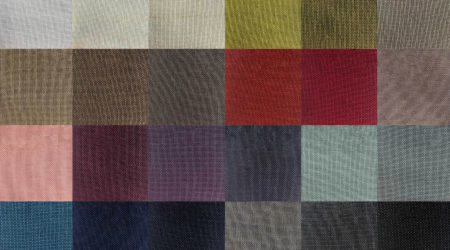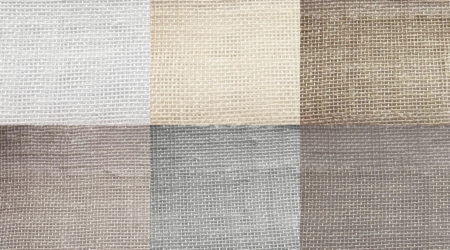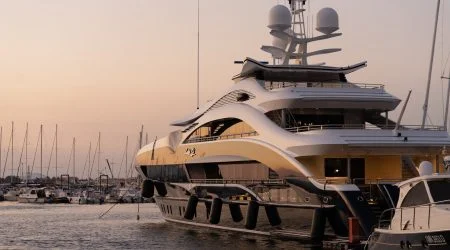New Mirage Voile IFR Range Available
Discover our brand new range of Mirage Voile IFR, made from 100% polyester and Inherently Flame Retardant.
Read MoreSpecialising in the production of theatre and stage drapes for over 30 years
Velour is popular fabric that is used in a variety of applications since being invented in France during the mid-1800s. The French word “velours” actually translates to velvet, and although the fabrics bear many similarities, they are quite different. They both have a rich appearance and are luxurious to the touch, but velour is a knitted textile, giving it the ability to stretch.
Velour is popular fabric that is used in a variety of applications since being invented in France during the mid-1800s. The French word “velours” actually translates to velvet, and although the fabrics bear many similarities, they are quite different. They both have a rich appearance and are luxurious to the touch, but velour is a knitted textile, giving it the ability to stretch.
Typically, velour is made from cotton or cotton blends, unlike velvet which is made from silk. It’s one of the softest materials in the textile world, and get its smoothness from the weaving process of cutting the loops off at the end, which is also known as a pile knit. It’s considerably stretchier, making it an ideal fabric to use for drapes, upholstery and garments.
Velour is a fabric that lends itself to many different applications.
Theatre
In the theatre industry velour is well known for its durability and deluxe aesthetic, making it a beloved choice for staging drapes and curtains. With light and sound absorbing properties, it’s well suited to both small school performances and national West End stage shows.
Upholstery
Velour is often used for applications such as sofas and car seats because of its durable characteristics and ease of care, especially when compared to velvet. This means you still get the same look and feel as the more expensive fabric, but less maintenance work to keep it in tip-top condition.
Clothes
Velour didn’t become popular in the fashion industry until the 1960s and 1970s, but nowadays you’ll find many garments are made from the fabric. Wardrobe staples such as the tracksuit by Juicy Couture are produced with velour, along with dance leotards and sportswear because of its stretchy nature.
Caring for everyday velour takes very little maintenance. Clothing can be machine washed on a cold cycle with other clothes of similar colours, however when you put it out to dry, it should be laid flat to prevent the nap from being damaged. Sofas and car seats can be cleaned with a hoover, and can also be professionally cleaned if you have some stains that just won’t budge with a scrub of cold water.
Caring for velour drapes and curtains differs slightly depending on how it has been finished to meet flammability regulations. Some can withstand a number of cleanings before needing to be re-treated, whilst others may be dry clean only, so always check with the manufacturer and their care instructions.
To explore Whaleys Stages velour range, head on over to our fabrics page.

Discover our brand new range of Mirage Voile IFR, made from 100% polyester and Inherently Flame Retardant.
Read More
Discover our brand new range of Eco Voile IFR, made from 100% recycled polyester and Inherently Flame Retardant.
Read More
We now have IMO (International Maritime Organisation) Certification for the following qualities…
Read More